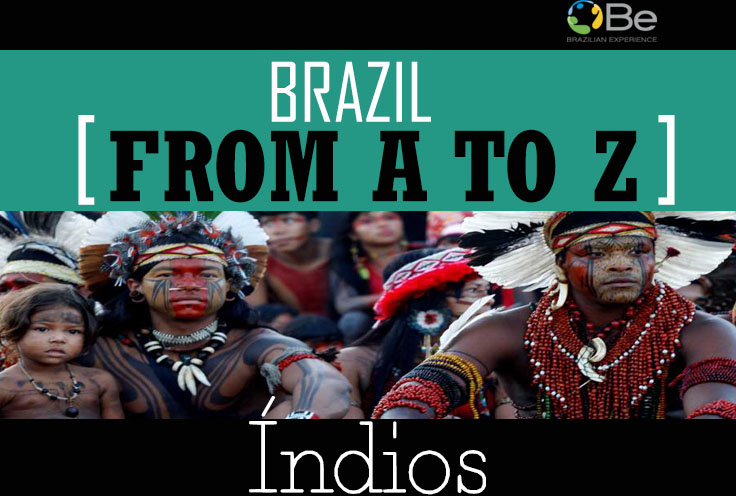
In the beginning of Brazil’s History when the European colonists arrived in 1500, our country was inhabited by an estimated 11 million Indians, living in over 2,000 tribes with a total of between 2 and 4 million people. Back then, the indigenous peoples were traditionally mostly semi-nomadic tribes who subsisted on hunting, fishing, gathering, and migrant agriculture. Unfortunately, during the first century of contact, 90% were wiped out, mainly through diseases imported by the colonists, such as flu, measles and smallpox. In the following centuries, thousands more died, enslaved in the rubber and sugar cane plantations.
The word índios (“Indians”) was created by the Portuguese settlers to designate the people of the New World (nowadays a.k.a Brazil) and continues to be used today in the Portuguese language to designate these peoples, while the people of Indian are called indianos in order to distinguish the two.
Nowadays there are about 240 tribes living in Brazil today, totaling around 900,000 people, or 0.4% of Brazil’s population and our government has recognized 690 territories for the indigenous population which is around 13% of Brazil’s land mass and almost all of this reserved land (98.5%) lies in the Amazon.
According to IBGE (Brazilian Institute of Geography and Statistics) Today they are 246 peoples, speaking more than 150 different languages. Brazil’s Amazon is home to more uncontacted tribes than anywhere in the world. There are thought to be approximately 80 isolated groups in this rainforest, according to the government’s Indian affairs department FUNAI.
FUNAI has established that “The uncontacted peoples of Brazil must be protected and their land rights recognised before they, along with the forests they depend on, vanish forever” and In order to protect Indigenous peoples in Brazil, reservations have been set up for different tribes of Native Indians (índios) and most of the larger groups live in these areas. Most maintain contact with Brazilian institutions, and just a few do not welcome strangers. It is thought that there are still more groups that have yet come into contact with outsiders.
Check it out some members of different tribes in our gallery:














